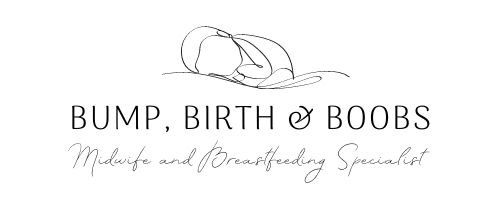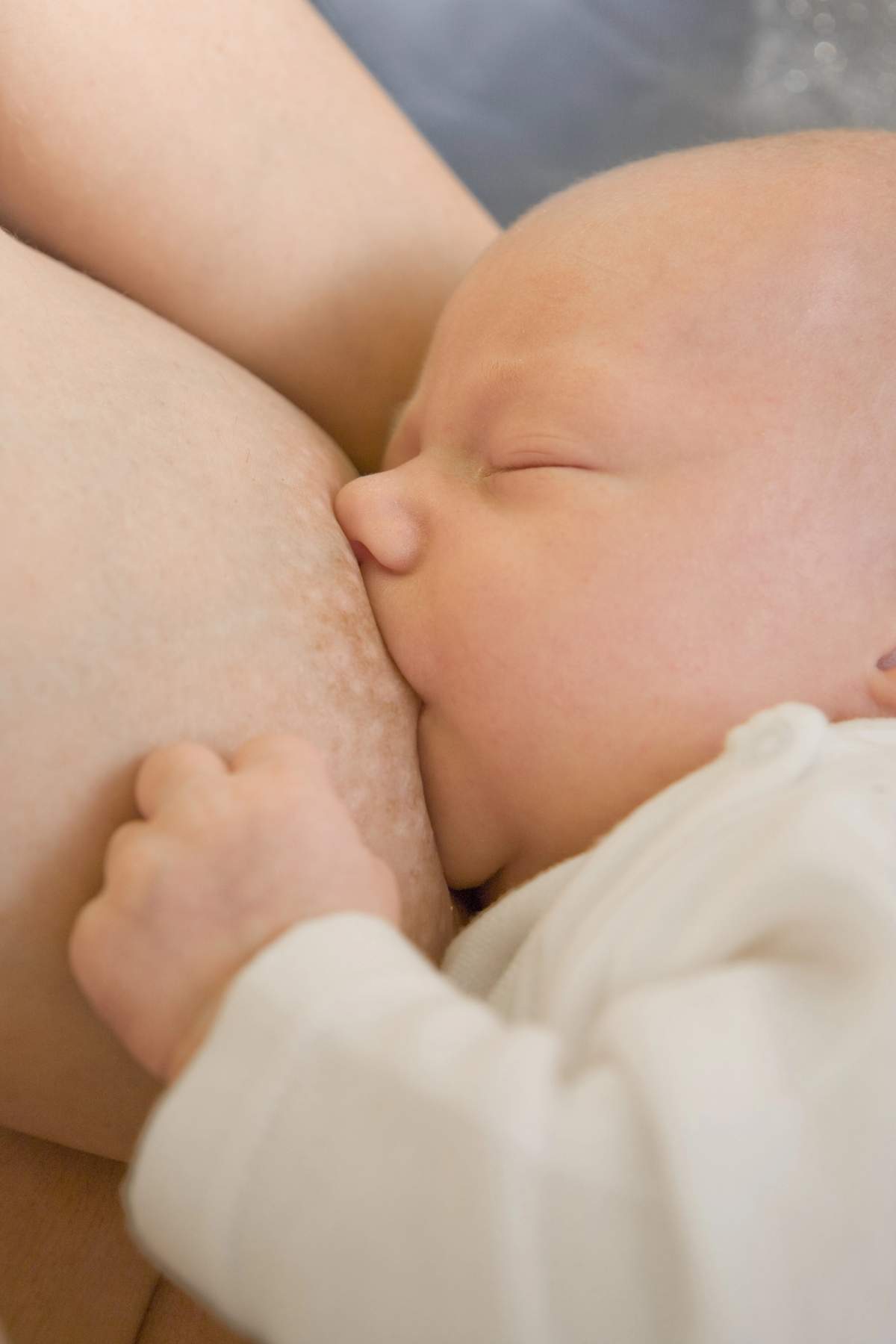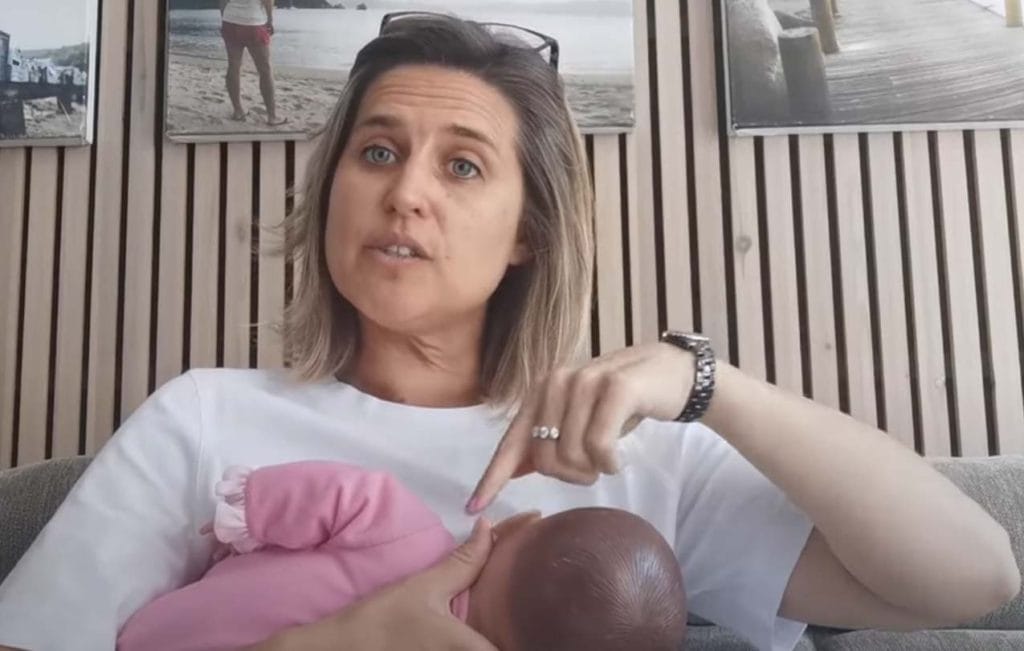Just like breasts, nipples come in all shapes and sizes. They can be large or small, flat, naturally everted, so they stick out on their own, they might be flat and then protrude when stimulated or even cold, or they might remain completely inverted because they are tethered by a piece of tissue.
During pregnancy and breastfeeding it is usual for the nipple to become larger and protrude more. When your baby is sucking at your breast they will stretch your nipple and surrounding tissue into their mouth.
If you do have a concern about the anatomy of your nipple then I encourage you to remember that your baby knows only you and they feed from your nipple and your surrounding breast tissue rather than your nipple alone. However, research has shown us that breastfeeding parents with nipple ‘variations’ do experience more early breastfeeding challenges. It is therefore my opinion if an expectant parents concerns about their nipples are dismissed then health professionals are letting them down. Its just not as easy as a simply statement that ‘it’s breast feeding not nipple feeding’!
In the UK breast examination during pregnancy is not routinely performed and in addition conversations about nipple variations rarely take place. This is partly because research from the 90’s informed us that having these such conversations may actually deter a family from trying to breastfeed. There has been little research performed since.
Generally nipple size and shape is of less importance once breastfeeding has been establish. However, I think it is worthwhile in sharing with you some basic steps that you can take to try to overcome some of those early challenges and ensure breastfeeding gets off to the best start.
How to get breastfeeding off to a good start
Time & Patience – The first tool that I recommend that you try to employ is a little more time and patience. If your baby is very young then keep them skin to skin as much as possible. This will stimulate their innate feeding behaviors and hopefully help prevent gaps between feeds which are extended. By feeding your baby at the earliest sign of hunger your baby will hopefully remain settled and you can spend a little extra time trying to achieve a deep latch on your breast.
Nipple stimulation – You can stimulate your nipples with your fingers or a cool cloth to try to help the nipple protrude before latching your baby to your breast. It is however not unusual for a nipple to flatten quickly, especially in warm postnatal wards, so this may not be useful to you.
Shape your breast – This is usually my go to option if a baby is struggling to latch to a breast. You can shape your breast to enable them to get as much breast tissue into their mouth. This helps to stimulate the suck reflex on the roof of their palate. I have information on breast shaping in my Online Breastfeeding Course.
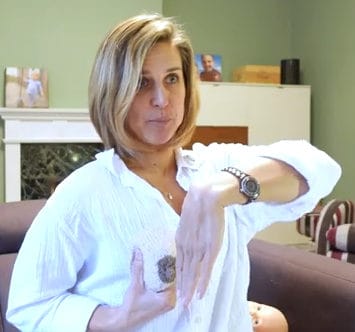
When shaping your breast you must always ensure you are shaping it in a way that helps your baby get more breast into their mouth rather than less. Think about the way you would bring a sandwich to your mouth.
Different positions – You can try different breastfeeding positions. A laid back breastfeeding position works well in many circumstances and can be particularly useful if your nipples are flat.
Hand Expressing – Spend time hand expressing. If your baby is not latching to you breast then you can hand express colostrum into a syringe and feed this milk to your baby. You can watch my free preview video on hand expressing in my Online Breastfeeding Course. It can also be very worthwhile practicing this skill during your pregnancy and potentially storing some of the expressed milk in the freezer.
Manage engorgement – Hand expressing is also very useful if your breasts become engorgement. An engorged breast is more difficult for your baby to latch to because the breast tissue becomes taught and less flexible. You can also use reverse pressure softening prior to latching your baby.

Use a cup instead of a bottle – Wherever possible I would recommend you feed your baby your expressed milk from a syringe or cup. A bottle teat can cause an over stimulation of the baby’s palate which can make latching more difficult.
Nipple Shields & Nipple Everters
Nipple Shields – In some cases a family may chose to use a nipple shield to help their baby latch to their breast. This is generally not a suitable option until after your milk has come in. You can read more about nipple shields in my separate post.
Nipple Everters – There are a number of product that are designed to help evert a flat nipple. These vary from ones that are designed to be used immediately before you feed your baby, such as Lansinoh’s Latch Assist and products that are designed for longer term wear to more permanently evert your nipple.
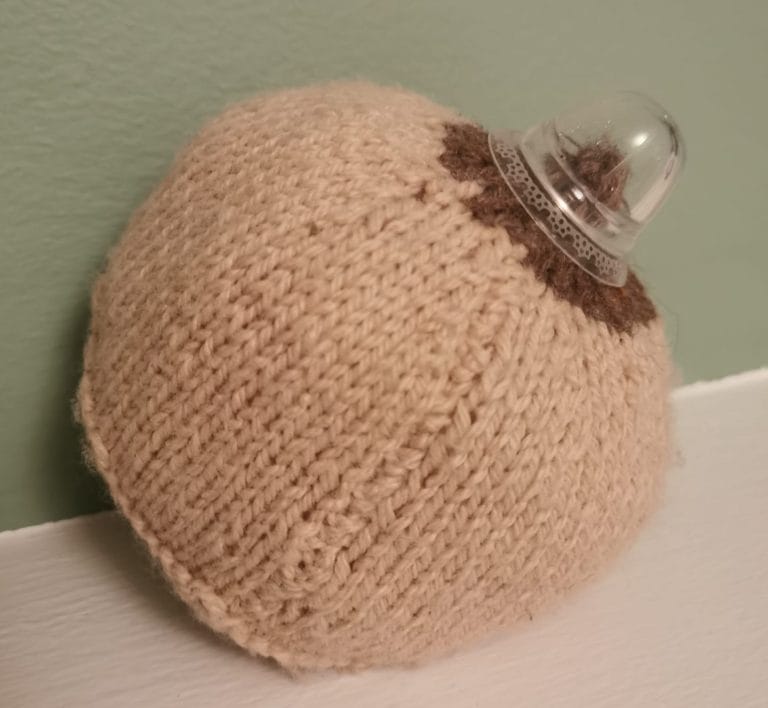
Supple Cups designed the first of these products and a small amount of encouraging research has been undertaken on their use. In the UK these are difficult to purchase but unbranded versions are available from Ebay. It is best to apply them with a small amount of lanolin on the rim to improve the suction on your skin
If you would like to use this type of product it is generally suggested that these are used prior to pregnancy or in the first 20 weeks of pregnancy. As nipple stimulation is a way of stimulating labour there is a theoretical risk that use of these products in later pregnancy, between 30 and 37 weeks, could stimulate labour. Once you have reached 37 weeks of pregnancy it would be appropriate to use them again, and of course, after your baby has been born.
If you do choose to wear them for extended periods of time then it can sometimes be more comfortable to use a breast shell over the top of the supple cup. This prevents clothing from pressing directly onto the supple cup which can cause pressure against the skin.
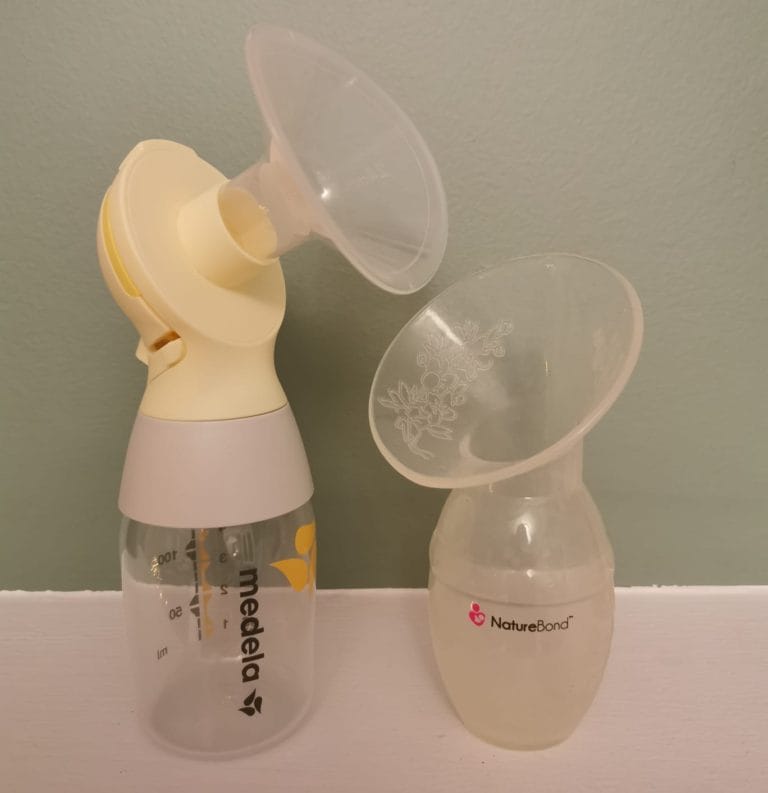
Breast Pump – A breast pump, silicone, manual or electric, can also be used prior to feeding your baby to try to evert your nipple. This uses the suction from the pump to draw out the nipple.
In most cases breasts and nipples change during pregnancy and whilst breastfeeding. The action of your baby sucking can stretch tissue that tethers a truly inverted nipple.
If you are experiencing challenges then please try my suggestions and seek personalised support from a breastfeeding specialist.
